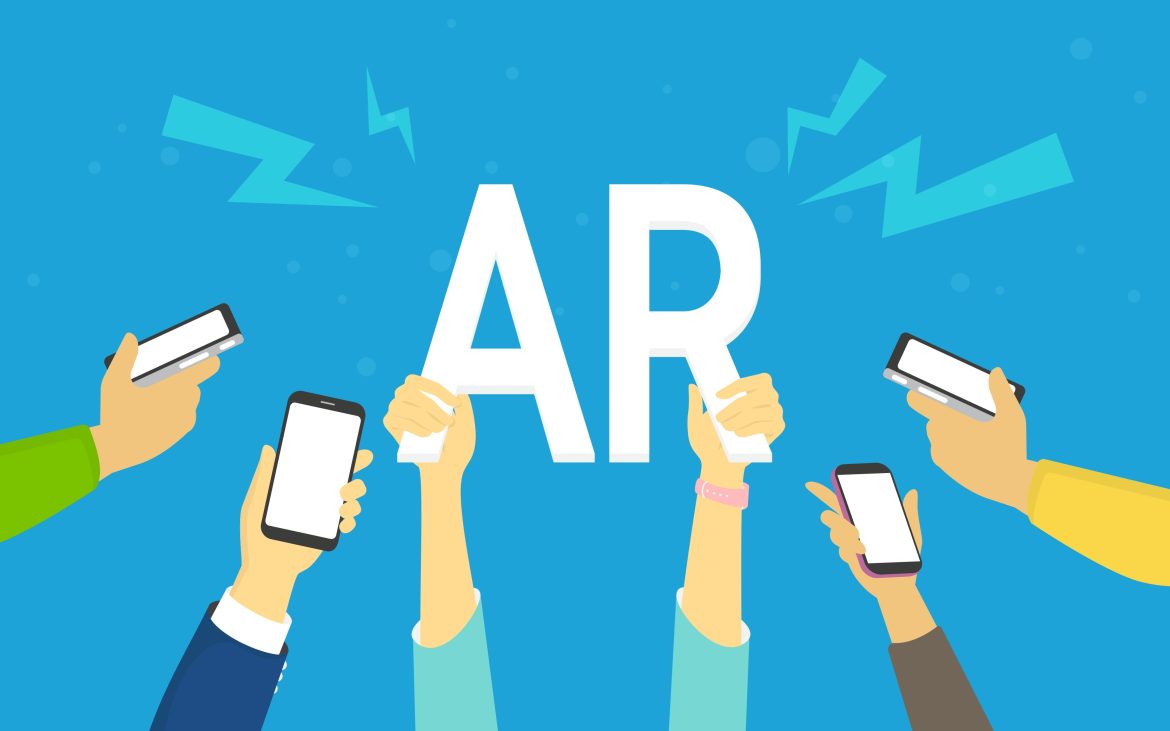Optical Character Recognition (OCR) technology has been a cornerstone in digitizing text from physical documents, transforming myriad industries over the years. However, as technology evolves, the integration of OCR with Augmented Reality (AR) is not just a futuristic concept but an imminent reality. This article delves into the future of OCR as it converges with AR, exploring the potential applications and benefits of this synergy.
Evolution of OCR Technology
OCR technology has undergone significant advancements since its inception. Early OCR systems were rudimentary, limited to recognizing typewritten text and often struggled with different fonts or handwriting. Over time, OCR has evolved to include advanced algorithms and machine learning, improving accuracy and the ability to recognize diverse text formats and languages.
The integration of OCR with mobile technology marked a significant leap, allowing users to capture text using smartphone cameras. This shift opened new avenues for OCR applications, from digitizing business cards to aiding visually impaired individuals.
The Advent of Augmented Reality
Augmented Reality (AR) has emerged as a transformative technology, overlaying digital information onto the physical world. AR has seen extensive applications in gaming, education, and industrial design, offering immersive, interactive experiences. The technology’s ability to blend digital content with the real world makes it an ideal partner for OCR.
Integrating OCR with AR
Enhanced Real-Time Translation
One of the most exciting applications of OCR and AR integration is real-time translation. Imagine pointing your AR-enabled device at a foreign language text and seeing the translation overlaid in your language. This application can revolutionize travel, education, and international business, making language barriers a thing of the past.
Interactive Learning and Accessibility
In education, AR-OCR integration can create interactive learning experiences. Text from books can be brought to life with additional digital content, such as videos or interactive 3D models. For individuals with disabilities, this integration can provide auditory descriptions of text, making information more accessible.
Business and Industrial Applications
In the business world, AR-OCR can streamline processes like inventory management and quality control. Workers wearing AR glasses can receive real-time information about products, with OCR providing instant data capture from labels or documents. This integration enhances efficiency and reduces the scope for human error.
Enhanced User Experience in Retail
The retail sector can also benefit significantly. Customers can receive product information, reviews, and price comparisons simply by looking at a product through their AR device, with OCR pulling text data from packaging or tags.
Challenges and Considerations
Technical Challenges
Despite the potential, integrating OCR with AR poses technical challenges. Ensuring real-time processing and accuracy, especially in varying lighting conditions or with different text styles, requires sophisticated algorithms and powerful processing capabilities.
Privacy and Security Concerns
As with any technology handling personal data, privacy and security are paramount. There must be robust protocols to protect sensitive information captured by OCR in AR environments.
The Road Ahead
The integration of OCR and AR holds immense promise. It’s not just about enhancing current applications but also about creating entirely new experiences. As these technologies continue to evolve, their convergence will undoubtedly open new frontiers in how we interact with and interpret the world around us.
Preparing for a New Era
To harness the full potential of OCR and AR integration, businesses and developers must focus on innovation while addressing challenges like user experience, processing power, and data security. Continuous research and development are key to advancing these technologies and realizing their full potential.
The Impact on Society
The societal impact of OCR and AR integration could be profound, offering unprecedented access to information and bridging gaps in language and accessibility. As we prepare for this new era, it’s essential to consider the ethical implications and ensure these technologies are used responsibly and inclusively.
In conclusion, the future of OCR lies in its successful integration with AR, creating a world where digital information and the physical realm coexist seamlessly. This synergy not only promises to enhance our daily lives but also paves the way for innovative solutions to complex challenges, marking a significant leap forward in the realm of technology and human interaction.

